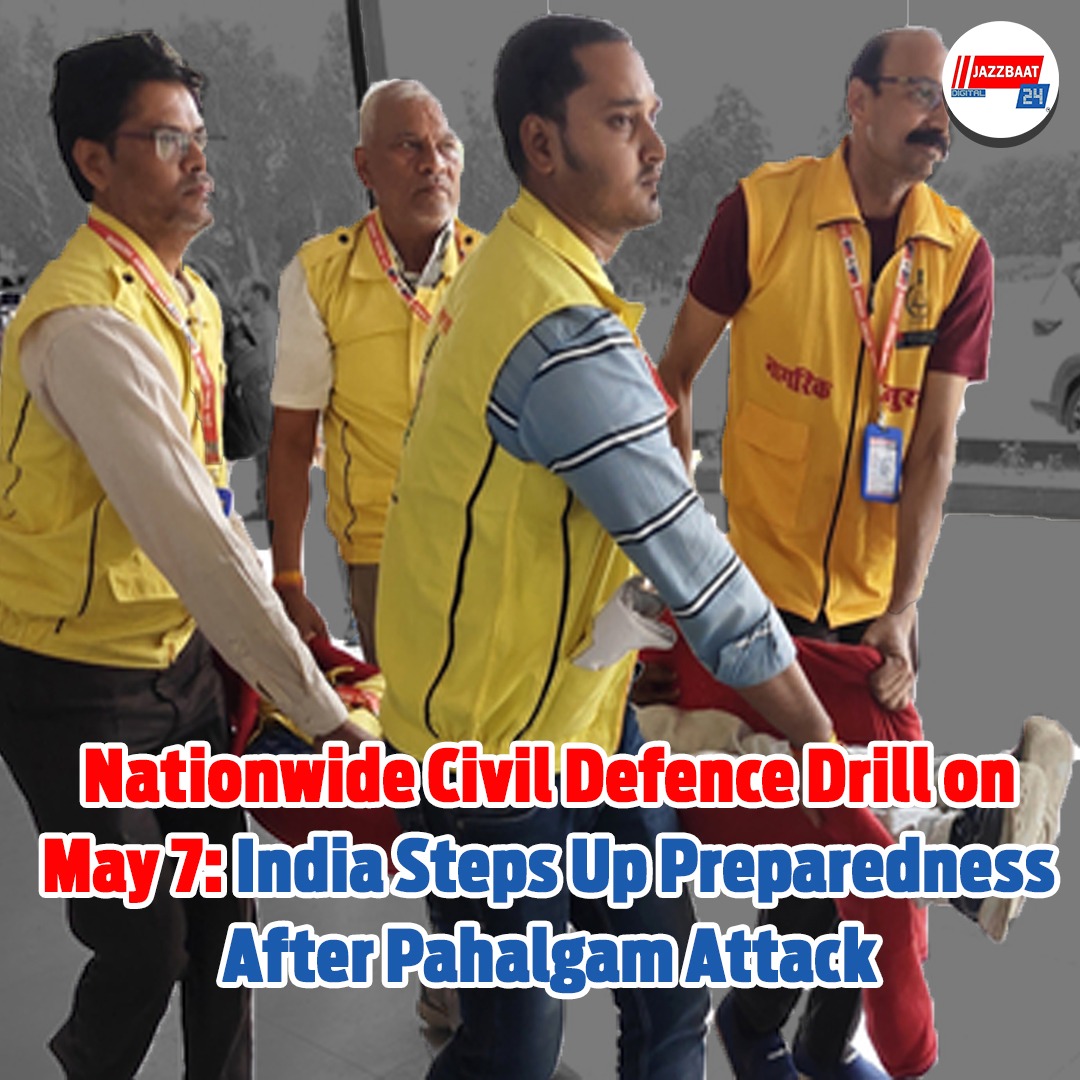India will hold a nationwide civil defence mock drill on May 7, 2025, in 244 districts to enhance emergency preparedness following the April 22 Pahalgam terror attack that claimed the lives of 26, predominantly tourists. The drill will help test and bolster the nation's preparedness against emerging and evolving threats in the prevailing tense security environment. It will include the activation of air-raid warning sirens, sanitizing and preparing bunkers and trenches, and training citizens on how to safeguard themselves against attacks.
It will also incorporate blackout drills to evade detection by hostile aircraft, evacuating population plans, and inspecting lines of communication between civil defence organizations and the Indian Air Force.
The practice will be carried out up to the village level, with the involvement of civil defence wardens, home guards, NCC and NSS cadets, NYKS volunteers, and school and college students. Control rooms and shadow control rooms will be put to test for operational proficiency.
The Union Home Ministry has stressed the need for retaining maximum civil defence preparedness in states and Union Territories at all times.
This is the first major civil defence exercise since 1971 and is viewed as a firm indication of India's seriousness in countering threats, particularly in the wake of escalating tensions with Pakistan after the Pahalgam attack.
The exercise includes key cities and border regions, such as Delhi, Mumbai, Bengaluru, and Punjab, involving more than 250 sites. Even though there is the drill, routine services such as banks will run as usual.
The exercise is not merely a routine drill but a tactical measure to get the civilians and the authorities ready to face potential hostile attacks, enhance inter-agency coordination, and give a definitive message that India is prepared to respond strongly against security threats.





